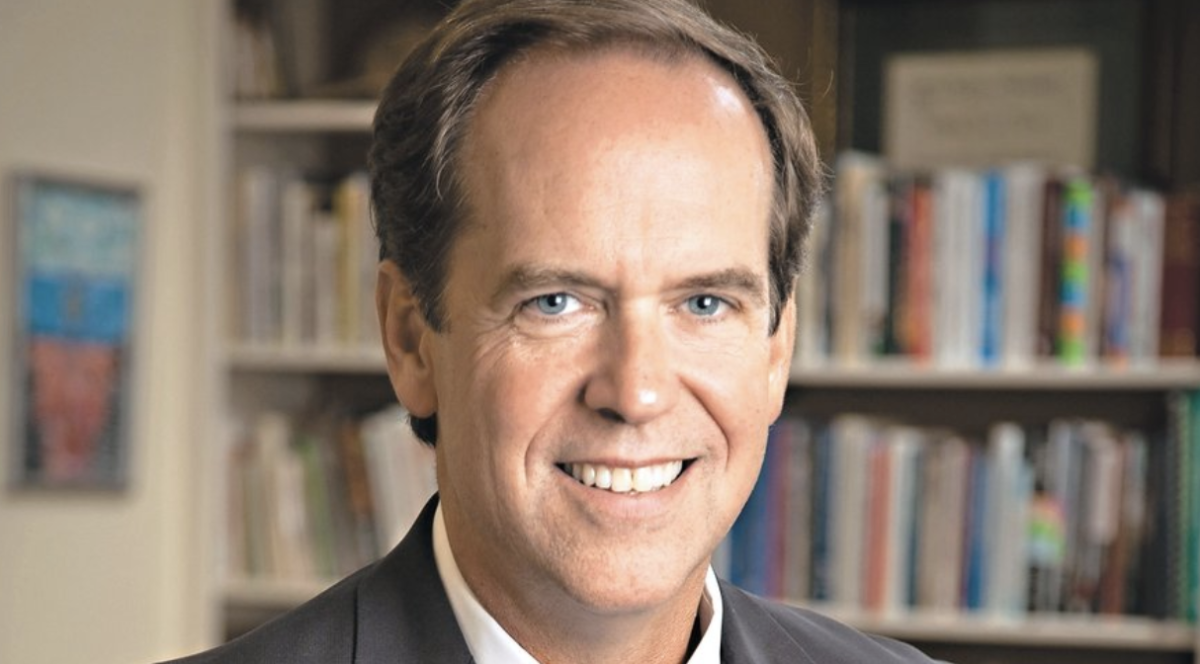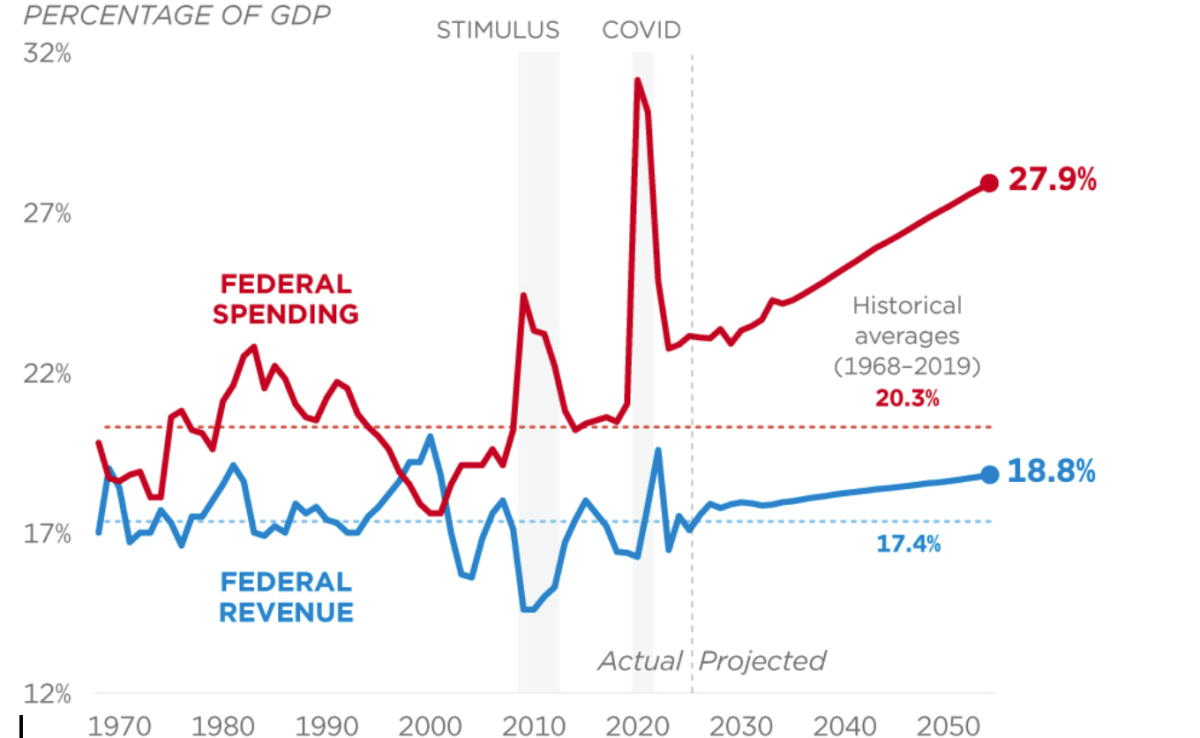“If you are sitting there thinking, ‘If my kid doesn’t get into Harvard or Yale or Princeton, then he or she is going to be a failure in life,’ then you have the wrong [idea],” said Jeff Rosensweig, director of the Global Perspectives Program at Emory’s Goizueta Business School, to a group of Westminster parents gathered in [X location] on the evening of Jan. 11.
Rosensweig, along with Elizabeth Kiss, President of Agnes Scott College, and Chuck Lovelace, the Executive Director of the University of North Carolina Morehead-Cain Scholarship Foundation, made up the Learning for Life and College Admissions panel. The three were invited to Westminster to speak about how the new Learning for Life vision statement will help the school continue to shape students into top candidates for college admission.
The new vision statement is part of the school’s strategic plan.
“Strategic planning [focuses more on the future] instead of reacting on a daily basis to either urgent impulses or crises,” said Assistant Headmaster for Academic Affairs Jere Wells. “The Learning for Life statement is the core piece that [Westminster] wants to build its plan from. [It] is a vision that [answers] ‘Where would you like to be?’ And the strategic plan [details] how to get there.”
For the past 10 years, the school has been guided by the 2002 strategic plan, which was completed about a year ago.
“Strategic plan 2002 coincided with the 50th anniversary of the school, and the process is completed with the 60th anniversary of the school. So in launching strategic plan 2012, we will be publishing our vision of where we want to go in [the] years ahead,” said Wells. “The strategic plan, based upon the Learning for Life vision statement, is a very intentional way of addressing the changes Westminster needs to make in order to continue to be a truly excellent environment for learning in the 21st century, because the world has changed. And quite frankly, we are changing.”
The new strategic plan hopes to address 21st-century learning and leadership. The school hopes to provide the resources that allow the best possible leverage for students to achieve a high standard of education.
“At the core of what we are trying to do is a fundamental recognition,” said Wells, “that Westminster’s commitment to excellence has always been rooted in the readiness and eagerness to what we know the changing world is all about.”
“What I like about the strategic plan is that it helps kids to survive and thrive in what is a technology-driven global economy,” said Rosensweig. “The point of technology is [to use it]
as a tool to advance learning. [Technology] fundamentally drives globalization as well as success.”
Finding effective ways to use technology in the classroom is a major aspect of the idea of 21st- century education. 21st-century education encompasses the evolution of teaching; in order to advance as a school and as a community, Westminster must evolve along with the rest of the world. In order to evolve, Westminster must find a way to integrate new technology into its daily tasks, the most noticeable change being the adoption of the now well-known 1:1 plan for the fall of 2012.
“We need to pick up these themes for our kids to be masters of a global universe,” said Rosensweig. “What we are doing is having our kids compete in math and science, but [we] also [need to combine] that with a level of global sophistication, and that is what this strategic plan is all about.”
The Learning for Life vision statement addresses not only immediate gains at Westminster and in college, but also success in the upcoming decades. With the statement, Westminster takes students, parents, and faculty beyond the college process and looks to where they will go in years to come.
“I hope [parents] don’t think that this is a plan to get [their] kids, at age 18, into a school […],” said Rosenweig. “The kids will be successful if they are a leaders ages 40 and 50. That is what this plan is all about.”
“The Learning for Life plan is preparing students to stand out as they apply to college and as they go beyond college,” said Kiss. “It is strategic thinking that will help [parents], daughters, and sons get to college, through college, and beyond college to whatever they want to pursue in life.”
As the talk transitioned deeper into what colleges are looking for in applicants, the panelists’ remarks became focused on one idea in particular: authenticity. With this idea in mind, the panelists exposed a few misconceptions about colleges’ criteria for admission.
“We found out that there was no correlation between a high school student’s extracurricular activities and his or her success in college,” said Lovelace. “The fact that they were engaged—active and committed– in their communities in high schools mattered a lot, but specific activities didn’t really matter.”
“We are looking for a student who is genuinely interested in learning, who is self-directed, problem-driven, and who is creative and passionate,” said Kiss. “Sometimes we inadvertently encourage students to have multiple, but less meaningful activities, whereas what is really going to make a difference to them in life is to care about something and work on it and focus on it.”
According to the panelists, students should focus on their passions in life, not on signing up for multiple activities in order to lengthen their college resumes. The big-picture ideas of the Learning for Life statement are to develop life skills that will stick with the students for years, not just to gain pseudo-skills to slap on a resume.
“Too often and too easily, as faculty members, teachers focus on the information they want to transmit,” said Kiss, “as opposed to skills and the knowledge students need to develop.”
The Learning for Life vision statement takes students through, as it says in the name, their entire lives. Beginning with high school and addressing the college process, the vision hopes to bring out and foster students’ passions so that they may be successful in the long run.





